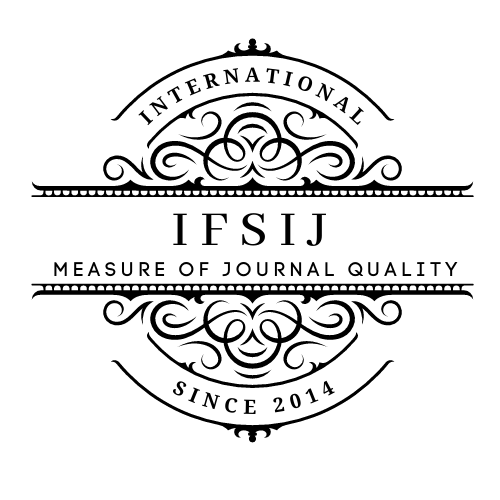FOLK INSTRUMENTS IN EDUCATION AND METHODS OF TEACHING THEM
Keywords:
Folk instruments, music education, traditional music, teaching methods, cultural heritage, pedagogical approaches, master-apprentice system, digital technology, interactive learning, music pedagogy, cultural identity, folk music preservation, educational challenges, modern teaching techniques, traditional music education.Abstract
Folk instruments play a crucial role in preserving and promoting cultural heritage, and their inclusion in educational settings helps bridge the gap between tradition and modernity. This paper explores the significance of teaching folk instruments in the educational process and the various methods employed to impart knowledge of these traditional instruments. It highlights the importance of folk music education in fostering a deeper understanding of cultural identity, enhancing artistic expression, and cultivating a sense of community. The study examines both traditional and contemporary teaching methods, from the master-apprentice system to the use of digital technologies and interactive tools. It also addresses the challenges in teaching folk instruments, such as the limited availability of resources, the changing interest of younger generations in traditional music, and the integration of folk music with modern pedagogical approaches. Ultimately, the paper emphasizes the need for an innovative and adaptive approach to folk instrument education, ensuring the preservation and evolution of this vital aspect of cultural heritage for future generations.
Downloads
Published
Issue
Section
License

This work is licensed under a Creative Commons Attribution-NonCommercial-NoDerivatives 4.0 International License.















